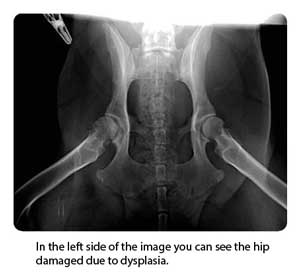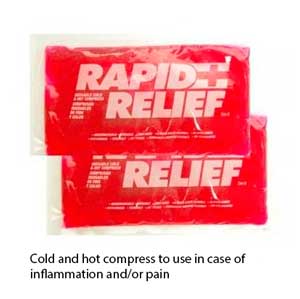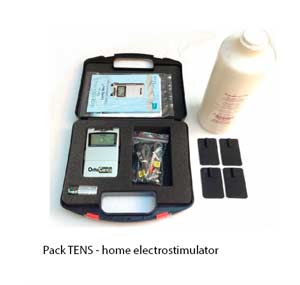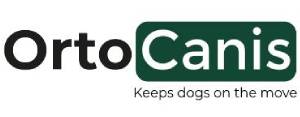Osteoarthritis, otherwise known as arthrosis is a degenerative joint disease which causes progressive deterioration of the articular cartilage.
 The primary cause of this condition is mechanical stress (i.e. excess “rubbing”). Therefore it is common in elderly animals or animals that have previously suffered from other conditions involving the joints, such as hip dysplasia.
The primary cause of this condition is mechanical stress (i.e. excess “rubbing”). Therefore it is common in elderly animals or animals that have previously suffered from other conditions involving the joints, such as hip dysplasia.
This is a very common illness. 20% of dogs that are more than a year old suffer from a degenerative joint disease to a lesser or greater extent. 90% of cats that are over the age of twelve show evidence of osteoarthritis in X-rays.
The symptoms are worse in animals that are large, overweight or very active. Some illnesses that affect collagen can also pose a risk, such as: Cushing’s Disease, Diabetes Mellitus and Hypothyroidism.
Are there any alternatives to traditional anti-inflammatories?
Non Steroidal Anti-Inflammatory Drugs (abbreviated to NSAIDs) are the most common treatment for pain and inflammation. This group includes meloxicam, firocoxib, robenacoxib and carprofen, among others. Although this medication is advanced and has been tested, it is not exempt from undesired side effects, particularly on a gastrointestinal and renal level.
 Compounds and therapies exist that can help us to either decrease the necessary dose of NSAIDs (and therefore, the adverse effects) or allow us to substitute them, therefore avoiding have to use them chronically. Our recommendations are the following:
Compounds and therapies exist that can help us to either decrease the necessary dose of NSAIDs (and therefore, the adverse effects) or allow us to substitute them, therefore avoiding have to use them chronically. Our recommendations are the following:
Cryotherapy: applying cold temperatures. This causes the blood flow and the inflammation to decrease. Highly recommended for recent or very acute injuries, with significant inflammation.
Superficial heat: this has the opposite effect, and the blood flow increases. This allows the tissue to recover more efficiently. Highly recommended for chronic issues. Not suitable if there is significant inflammation.
 Electrical stimulation: also known as TENS. This increases muscular endurance and decreases swelling and pain. This technique has progressed a lot recently, both in humans and animals, to the point where it is now possible for the owner to do the same thing in his/her own house at a very reasonable price.
Electrical stimulation: also known as TENS. This increases muscular endurance and decreases swelling and pain. This technique has progressed a lot recently, both in humans and animals, to the point where it is now possible for the owner to do the same thing in his/her own house at a very reasonable price.
Physiotherapy: this must be administered by professionals. Supervised exercises are used to improve the function of the joints and reduce pain. Here is a list of centres that offer this service in Spain.
Natural anti-inflammatory agents: like those made using Devil’s Claw. Their anti-inflammatory and analgesic properties are very good and they have very few contraindications. Suitable for continued treatment.
Chondroprotectors are dietary supplements. Made
using chondroitin sulphate and glucosamine. They improve the condition of the cartilage and the synovial fluid. They do not have any known adverse effects and are used to prevent and control osteoarthritis.
Omega-3 polyunsaturated fatty acids: their anti-inflammatory effect has been tried and tested.
Environmental changes: a dry warm and sheltered environment is recommended for when the animal is resting. You should avoid having them climb stairs or walk on slippery floors. To do this, you can use ramps and non-slip dog boots. Exercise should be gentle and above all, constant. It is also extremely important that the animal maintains its ideal body weight in order to minimise the pressure exerted on the joints.
Laura PErez - Veterinary Ortocanis

